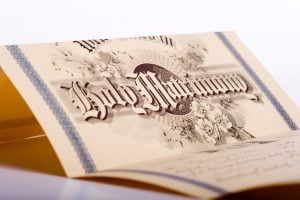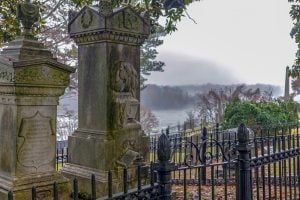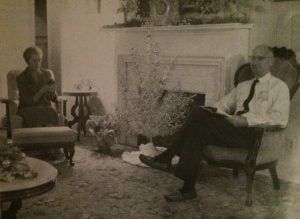Amazingly Memorable

Last week I recounted the tale of our smoldering heat and air unit, the one that made me believe the world as I knew it was about to change drastically. In the course of my story, I mentioned our code for a fire in the building—Code Jerry Lee—which was based on the song “Great Balls of Fire” sung by Jerry Lee Lewis.
Get it?
Some of you found that extremely amusing, so I thought perhaps a bit of history was in order and maybe even a revelation or two.
Several years ago, a nice gentleman from TOSHA—the Tennessee Occupational Safety and Health Administration—paid us a surprise visit. You see, we not only have to address funeral specific safety stuff, but they also expect us to be prepared for any situation, meaning our fire extinguishers are tagged and inspected, all our electrical outlet covers are intact, every restroom has hot water . . . you get the picture. One of the things he encouraged us to implement—actually demanded might be more accurate—was a notification and exit plan in case of various events, such as fires and the like. Hence, Code Jerry Lee.
Actually, not quite hence, at least not immediately. While drawing up the floor plan and filling it full of red arrows showing emergency exits and proposed routes of escape, I began to ponder a system of codes. But I didn’t want just any old codes. None of this Code Blue and Code Red business, or Code 1 and Code 2. Nope. Our codes needed to be creative and unique and nothing short of amazing. If I’m gonna be forced to do something, I might as well have some fun in the process. So several of us convened in the office and put on our creativity caps. The results of that session were as follows (keeping in mind that the only people for whom these codes are meant are the employees . . . TOSHA told me that was their only concern . . . some other governmental entity was responsible for worrying about the public . . .):
Code Lena—to be used in case of a severe weather alert when notification throughout the building is deemed advisable. Named for Lena Horn who sang Stormy Weather.
Code Billy Ray—to be used in case of a medical emergency. Named for Billy Ray Cyrus who sang Achy, Breaky Heart.
Code Chubby—to be used in the event of an impending tornado (aka a “twister”). Named for Chubby Checker who sang Let’s Twist Again.
And, of course, the now famous Code Jerry Lee.
Later we added another one—Code Patsy—to be used in the event there was a threat in the building involving a mentally unstable person. It was named for Patsy Cline who sang . . . you guessed it. Crazy. That code would definitely have come in handy the time a little lady came in wanting to arrange a cremation for a child. When I began to ask her questions (because something didn’t seem quite right) I learned the child wasn’t dead . . . yet. She expected us to remedy that situation and then hide the evidence by cremating the body. And it wasn’t her child. It was some random child she had seen at Wal-Mart and to whom she had taken an immediate dislike.
We called the police.
Now why, you may ask, would we go to so much trouble over a simple set of codes that we will hopefully never need? Well, there are actually two reasons. The first I’ve already mentioned—in my head they needed to be unique and amazing. The second reason was more practical. By using codes to which we could relate, we might be more inclined to know what the emergency was when the code was announced. If I hear Code Blue or Green or some other color, my brain is going to start down the list to see if I can figure out exactly what’s going on. But give me a Code Billy Ray and I immediately know there’s a medical emergency somewhere in the building.
Believe it or not, the same two philosophies hold true with funerals (you had to know we were going to get there eventually . . .). Just think about it for a minute. If the person to whom you are saying good-bye was amazing (and most of the time they are to the people they leave behind), then you want their service to reflect just how amazing they really were. And you want it to be memorable in a good way. The funeral you can’t remember didn’t necessarily do justice to the life of the person being honored. Like a Code Blue, it may not be as meaningful as it could have been. Instead, maybe we should strive for Code Jerry Lee funerals . . . not because the building might need saving but so we can easily remember the real purpose behind the plan.
The post Amazingly Memorable appeared first on Shackelford Funeral Directors | Blog.












